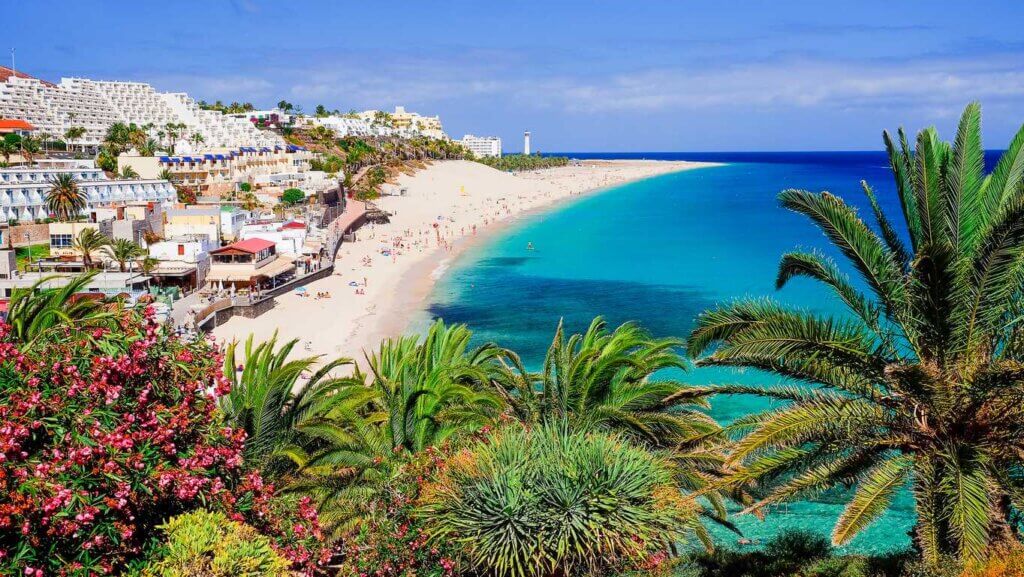
Tourism is vital to Spain. The country’s natural attractions and cultural assets draw crowds from around the world – making many of its communities reliant on tourism.
NB: This is an article from McKinsey & Co.
Pre-pandemic, Spain was the second-largest tourism destination in the world, drawing 84 million visitors in 2019 who brought over €92 billion in revenue.1 Travel and tourism accounted for around 14 percent of Spain’s total GDP and provided one in eight jobs.
Subscribe to our weekly newsletter and stay up to date
In some communities, tourism contributed to over 20 percent of all economic activity. While these figures plummeted during COVID-19, travel and tourism is recovering and Spain remains dependent on success in tourism.
Spain’s tourism sector now faces new challenges. Fears of a global recession, and geo-political uncertainty, could put pressure on tourism. And as travel resumes in an era of high inflation, Spain will likely face stiff competition from several destinations that also offer sunshine and coastal vacations at similar, or lower, prices—Egypt, Greece, and Turkey, for example.
The sector also faces physical and economic threats due to climate change. The Mediterranean basin is getting warmer: the number of days above 37°C in southern Spain is expected to double by 2050 and rising temperatures increase the risk of drought, water stress, wildfires, and floods.2 Extreme weather is already evident as the pre-summer season of 2022 saw temperatures climb above 40°C in Seville.3 An increase in the number of “too hot” days could discourage tourism, particularly in peak season. For instance, a 2022 survey by a travel insurance company found that 65 percent of UK holiday makers thought Spain would be too hot to visit by 2027.4
Of course, Spain’s tourism sector cannot combat climate change alone. But this backdrop underscores the urgency to act. Globally, tourism is a significant contributor to emissions, and Spain can play a role in emissions reduction. In 2019, tourism was responsible for about 11 percent of greenhouse gas emissions, worldwide. Of this, the largest emissions came from domestic and international tourism in China, India, and the United States. Compared to these top three, Spain ranks at number 16 for emissions from tourism.5 Considering the size of Spain’s tourism industry, the country compares well against these destinations, but there is room for improvement.
Spain can set itself apart by prioritizing sustainability, including environmental issues such as water usage, plastic waste, carbon emissions, and social issues such as how tourism affects local communities. Globally, travelers are becoming more aware and are seeking out vacations with less impact on the environment and on local communities. Sustainability could become a key differentiator.
Furthermore, sustainable travel could draw discerning premium travelers who will likely be willing to pay for offerings that uphold their values. But efforts to draw these travelers will need to extend beyond marketing and involve real operational changes. Gen Z travelers, in particular, don’t care what tourism businesses say about their sustainability efforts, they want to see it in practice.6 Gen Zs, who typically have a heightened awareness of climate change, are looking for eco-friendly accommodation options. Skift found that 38 percent of Gen Zs across the world would consider staying in green accommodation on their next holiday, compared to the 33 percent response rate of those over 25.7
This article examines the key aspects of sustainability that are relevant to travel and tourism and suggests ways in which stakeholders across Spain’s tourism sector could prioritize and invest in sustainable offerings. Such actions can ensure that this important sector remains competitive, and help to safeguard its assets for future generations.




